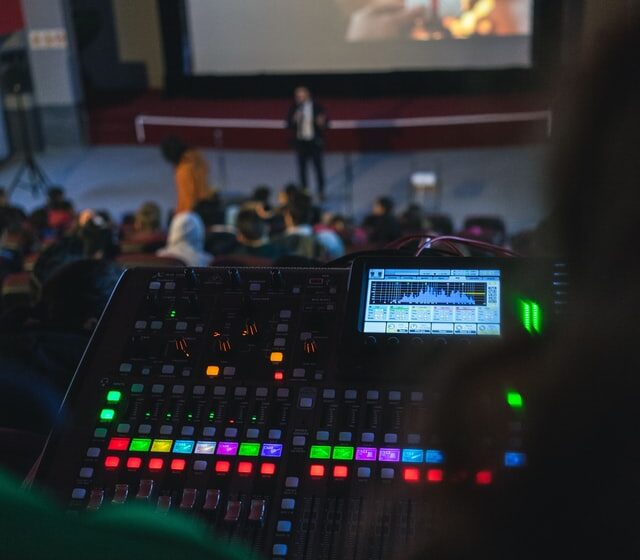Learning How Professionals Select the Perfect Surveillance System to Fulfill Your Security Requirements
Learning How Professionals Select the Perfect Surveillance System to Fulfill Your Security Requirements
Blog Article
As it comes to ensuring safety and security, selecting the right CCTV system is crucial. Closed-circuit television (CCTV) setups are commonly utilized for monitoring in different environments, including homes, businesses, and community spaces. These setups assist observe actions, discourage crime, and provide valuable evidence in the event of occurrences. Comprehending the various elements and characteristics of CCTV systems can help individuals and organizations formulate knowledgeable choices that most meet their security needs.
One of the initial considerations when selecting a CCTV setup is the kind of surveillance devices needed. There are several types of cameras available, such as bulb devices, projectile cameras, and PTZ (pan-tilt-zoom) cameras. Dome cameras are commonly employed for interior monitoring due to their subtle appearance, while bullet cameras are more visible and are typically employed externally. PTZ cameras provide the ability to zoom in on particular areas and can be controlled remotely. Evaluating the particular surroundings and the areas that need monitoring will help decide which kind of camera is best appropriate.
Another crucial consideration to consider is the clarity of the devices. Higher clarity devices provide sharper images, which can be critical for recognizing individuals or features in a scene. Typical resolutions include basic resolution (SD), high resolution (HD), and ultra-high resolution (UHD). While higher clarity cameras may come at a increased cost, they can considerably improve the effectiveness of a surveillance setup. It is also important to consider the illumination conditions in the location being observed, as some cameras are more equipped to manage low-light conditions than alternative options.
Storage options are also a critical component of CCTV systems. Video recordings get redirected here can consume up a significant amount of space, so it is crucial to select a system with adequate capacity options. Many systems offer online options, which enables for remote access to footage and can offer additional security in the event of burglary or destruction to the physical storage. Alternatively, on-site options, such as electronic video recorders (DVRs) or network footage devices (NVRs), can be used. Understanding the capacity requirements based on the quantity of cameras and the desired retention period for recordings is crucial for effective surveillance.
Finally, the setup and upkeep of the CCTV setup should not be overlooked. Professional installation can guarantee that devices are positioned in ideal locations for maximum coverage. Additionally, routine upkeep is essential to keep the system operating effectively. This entails inspecting camera angles, cleaning lenses, and making sure that programs is current. Some setups also offer remote surveillance capabilities, allowing operators to access live recordings from their smartphones or computers. This capability can provide peace of mind and enhance the overall effectiveness of the security system.
In conclusion, selecting the ideal CCTV setup requires thoughtful evaluation of multiple factors, including camera types, resolution, capacity choices, and setup. By comprehending these elements, individuals and organizations can choose a setup that efficiently satisfies their safeguarding needs. A thoughtfully designed CCTV setup not only assists deter criminal activity but also offers important proof when needed, making it an essential expenditure for protection and security.